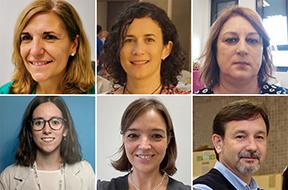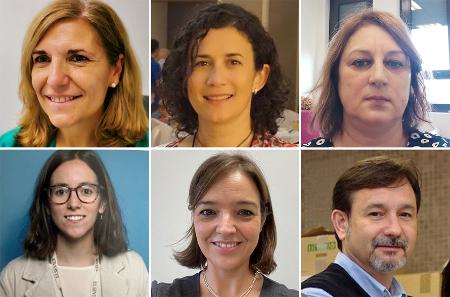The use of a mobile phone before sleeping and artificial light during sleep can contribute to premature delivery
The research, conducted by the University of Oviedo, using artificial intelligence, also points to shift work as another influencing factor
Research by the University of Oviedo has shown that the use of electronic devices in the night, along with a high level of light while sleeping, can have an influence on premature birth. The results, published in the Journal of Ambient Intelligence and Humanized Computing, reveal that the alteration in biological rhythms caused by these factors has a greater impact in triggering preterm births than some of the classic factors such as body mass index. Researchers also found that shift working can act as another triggering factor.
The study was led by Elena Díaz Rodríguez, from the University of Oviedo's Physiology Department; Susana Irene Díaz Rodríguez, from the Department of Computer Science and Artificial Intelligence and UNIMODE Research Group; and Catalina Fernández-Plaza, from the Department of Gynaecology and Obstetrics at HUCA (Asturias Central University Hospital), in collaboration with Ana Alonso, Celestino González and Inés Abad, from the University of Oviedo. Elena Díaz Rodríguez says: "Our model points to habits that represent clearly avoidable factors and can therefore be very useful in obstetric clinics."
Using artificial intelligence, and specifically machine learning, the research analysed the cases of 380 pregnant women attended to at HUCA. Of these, 157 went on to give birth prematurely and 223 went to full term. The novel aspects of the project lie in the fact that, in addition to traditional aspects such as body mass index, weight gain, alcohol intake and whether or not the mother smokes, it looked into sleep-related habits and exposure to light. Thus, the following aspects were considered: the time at which the mother wakes up every day; whether she uses electronic devices after turning off the light; whether she has a light or TV on during the night; the number of times her sleep is interrupted during the night; the number of hours she sleeps on weekdays and holidays; the level of light while she is sleeping; and whether or not she works shifts.
Images gallery
Links




